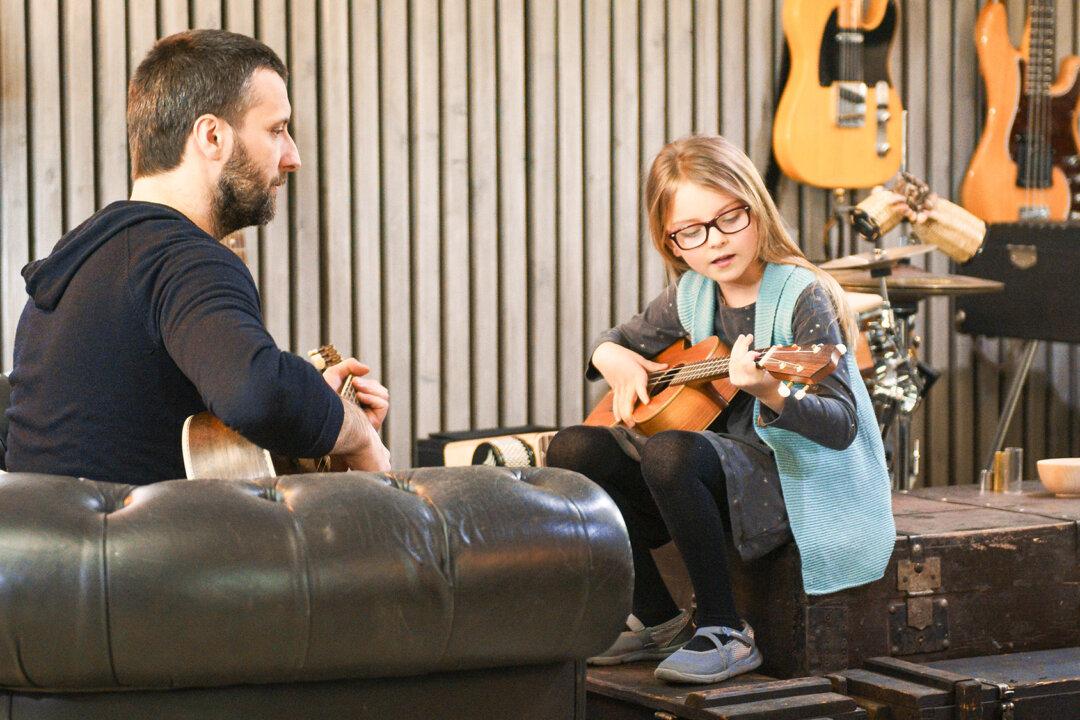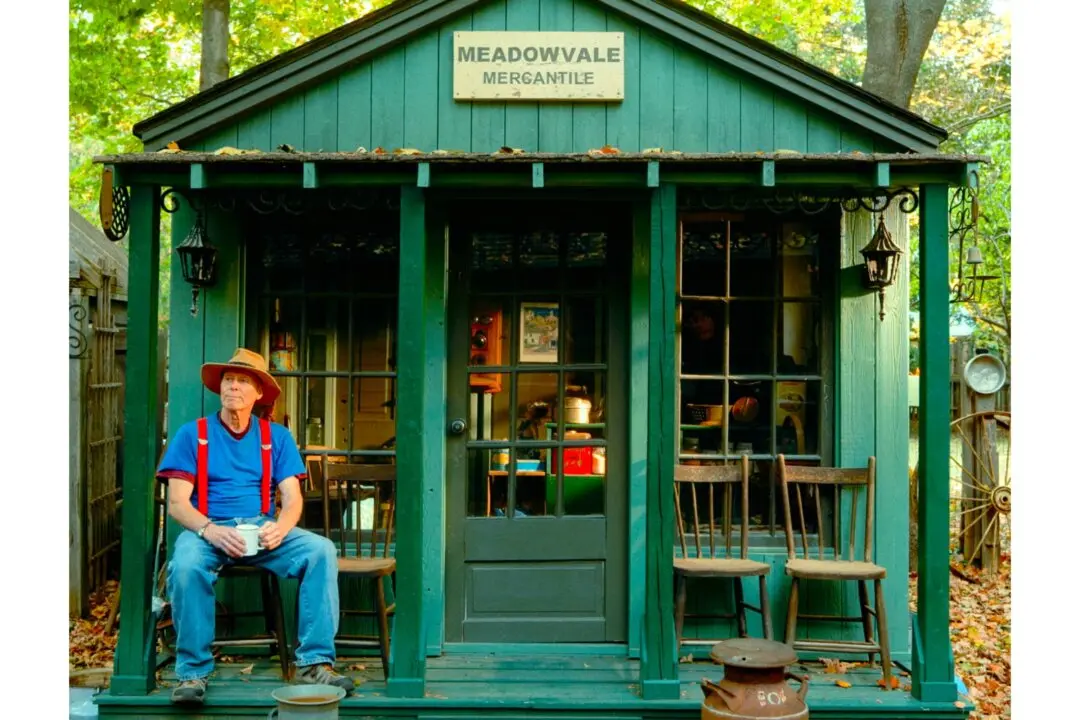A few winters ago, Idaho-based Edward French was helping his elderly neighbor shovel snow off his roof when he stumbled upon a barely recognizable, cat-infested train car buried in a barn.
His interest piqued, the 55-year-old—who also discovered a photo of the train car, which had been built in 1906—began talking to locals about its history. He found car number 306 had been in active use in Washington and Montana until 1955. After its decommissioning, a farmer hauled it 10 miles to his field and used it as a grain and hay store.







